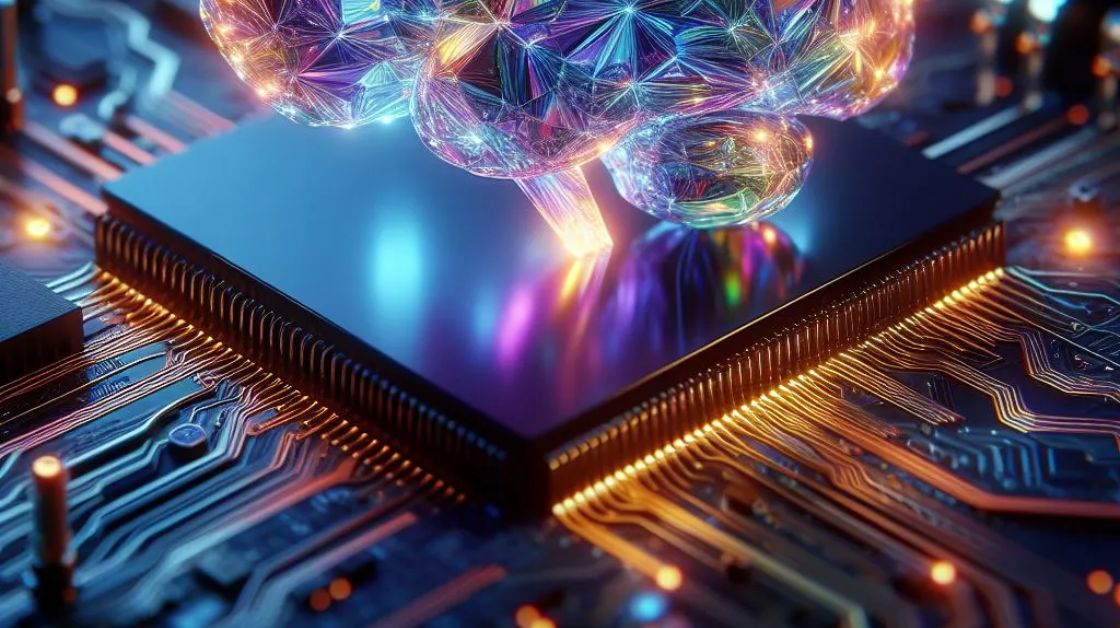
Navigating the Core: Understanding the Kernel in Computing
Navigating the Core: Understanding the Kernel in Computing
Introduction:
In the realm of computing, where layers upon layers of complexity define the digital landscape, the kernel stands as a foundational pillar. Often overlooked by the casual user, the kernel is the silent orchestrator, the conductor of the symphony that is your operating system. In this comprehensive guide, we’ll delve deep into the heart of computing, exploring what exactly the kernel is, its vital functions, and its significance in the digital age.
Unveiling the Kernel
Defining the Kernel
At its core, the kernel is the nucleus of an operating system. It serves as the intermediary between the hardware and the software, facilitating communication and resource management. Essentially, it’s the bridge that enables applications to interact with the underlying hardware components of a computer system.
Types of Kernels
There are different types of kernels, each with its own unique characteristics and functionalities. The most common types include monolithic kernels, microkernels, and hybrid kernels. Monolithic kernels, such as Linux, encompass all core functionalities within a single executable image. Microkernels, on the other hand, delegate various tasks to separate processes, resulting in a more modular design. Hybrid kernels combine elements of both monolithic and microkernel architectures, offering a balance between performance and flexibility.
The Anatomy of a Kernel
Components of a Kernel
To understand how a kernel operates, it’s essential to dissect its various components. These include process management, memory management, device drivers, file system support, and networking capabilities. Each component plays a crucial role in ensuring the smooth functioning of the operating system.
Process Management
Process management involves the creation, scheduling, and termination of processes within the system. The kernel allocates resources to different processes, prioritizing them based on various criteria such as process priority and scheduling algorithms.
Memory Management
Memory management is responsible for allocating and deallocating memory resources to processes as needed. The kernel ensures efficient utilization of memory by managing virtual memory, page tables, and memory mapping.
Device Drivers
Device drivers act as intermediaries between hardware devices and the operating system. They allow the kernel to communicate with hardware peripherals such as printers, keyboards, and disk drives.
File System Support
File system support enables the kernel to manage storage devices and organize data into files and directories. It provides functionalities such as file creation, deletion, reading, and writing.
Networking Capabilities
Networking capabilities allow the kernel to establish and maintain network connections, enabling communication between different devices over a network. The kernel implements protocols such as TCP/IP to facilitate data transfer over the internet.
The Role of the Kernel in System Performance
Performance Optimization
The kernel plays a crucial role in optimizing system performance by efficiently managing hardware resources. Through techniques such as process scheduling, memory paging, and I/O buffering, the kernel ensures that system resources are utilized effectively, resulting in optimal performance.
Real-Time Processing
In environments where real-time processing is critical, such as industrial automation and embedded systems, the kernel’s role becomes even more pronounced. Real-time kernels prioritize tasks based on strict timing requirements, ensuring that time-sensitive operations are executed without delay.
Kernel Security and Reliability
Security Mechanisms
Security is paramount in today’s interconnected world, and the kernel plays a vital role in safeguarding system integrity. Through mechanisms such as access control, privilege separation, and secure boot, the kernel protects against malicious attacks and unauthorized access.
Reliability and Fault Tolerance
The reliability of an operating system depends largely on the reliability of its kernel. By implementing fault-tolerant mechanisms such as process isolation, error handling, and system recovery, the kernel minimizes the impact of system failures and ensures uninterrupted operation.
The Evolution of Kernels
Historical Perspective
The evolution of kernels traces back to the early days of computing, with seminal works such as Unix and Multics laying the groundwork for modern operating systems. Over the years, advancements in hardware technology and software engineering have driven the continuous refinement of kernel design and implementation.
Future Trends
Looking ahead, the future of kernels is poised for further innovation and adaptation. Emerging trends such as containerization, virtualization, and cloud computing are reshaping the landscape of kernel development, ushering in new opportunities and challenges for kernel engineers and developers.
Conclusion:
In conclusion, the kernel serves as the bedrock of modern computing, providing the essential framework upon which operating systems are built. From managing hardware resources to ensuring system security and reliability, the kernel plays a multifaceted role in enabling the seamless operation of computer systems. As we continue to push the boundaries of technology, the kernel will undoubtedly remain at the forefront of innovation, driving the evolution of computing in the years to come.